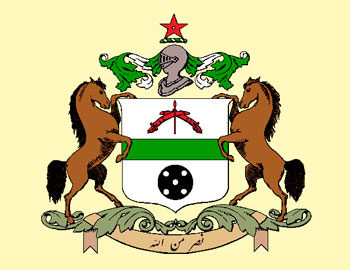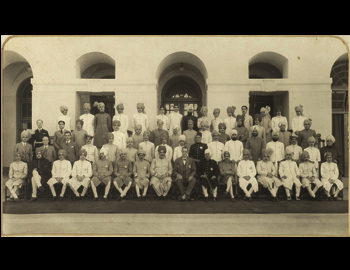

A Princely State was an entity of British India that was not directly governed by British, but rather by an Indian ruler under a form of indirect rule. British had their own monetary system but at least 125 states produced their own coinage, mainly in the period from 1800 to 1900, though the number of them continued to issue coins until 1947. Today, we will discuss and explore the history of the coinage of Tonk Princely State.
Continue reading Coinage of Tonk Princely State
The Mintage World Team comprises of experts, researchers and writers from the field of Philately, Notaphily and Numismatics who try to shed light on some of the most interesting aspects of coins, banknotes and stamps from not just India but across the globe as well.

In legal terms, a princely state was defined as ‘Any territory, whether described as a state, an estate, a jagir or otherwise, belonging to or under the suzerainty of a ruler who is under the suzerainty of His Majesty and not being part of British India (under direct colonial administration)’ – Section 31 (I) of the Government of India Act, 1935. This elastic definition applied to entities of diverse size and status, the number of which varied according to different interpretations. Most of the official documents mention 562 princely states, but other governmental sources numbered 600 or more. Out of these 60 of them issued their own Princely state coins. Let’s continue from the last part and look into the ones that did:
Continue reading Coins of Indian Princely States – Part II
The Mintage World Team comprises of experts, researchers and writers from the field of Philately, Notaphily and Numismatics who try to shed light on some of the most interesting aspects of coins, banknotes and stamps from not just India but across the globe as well.